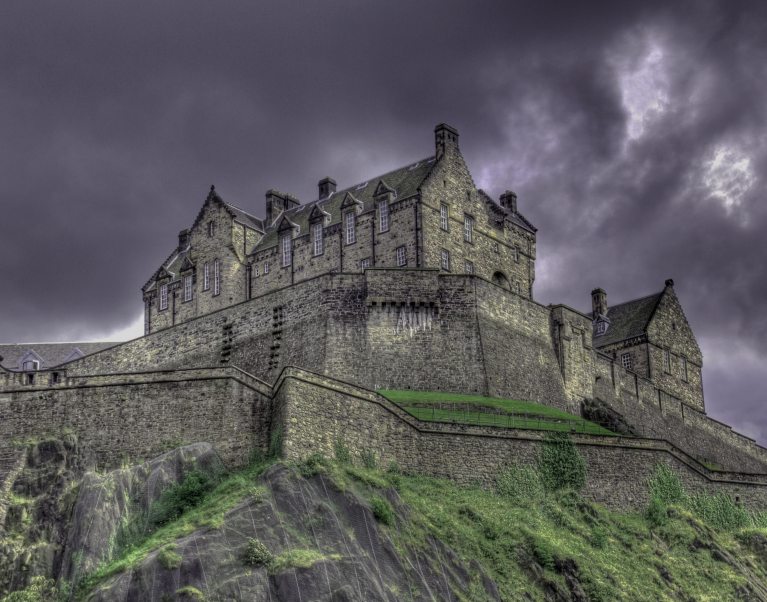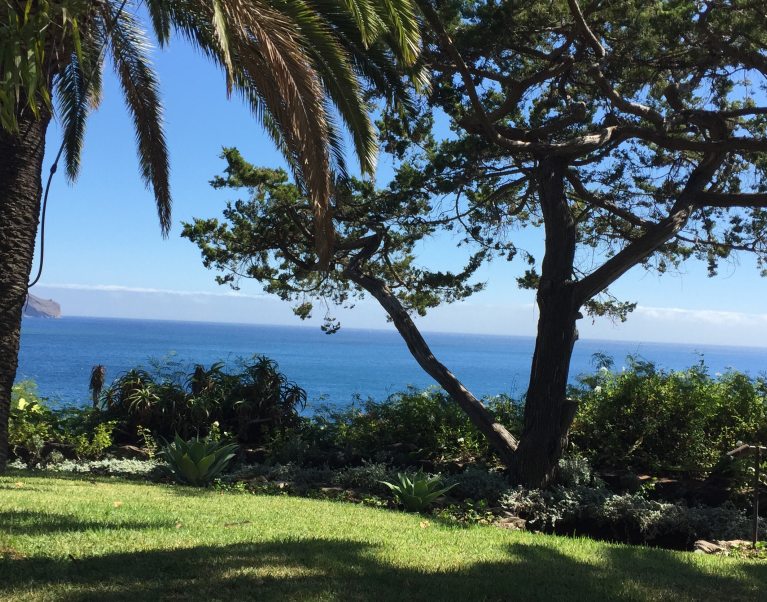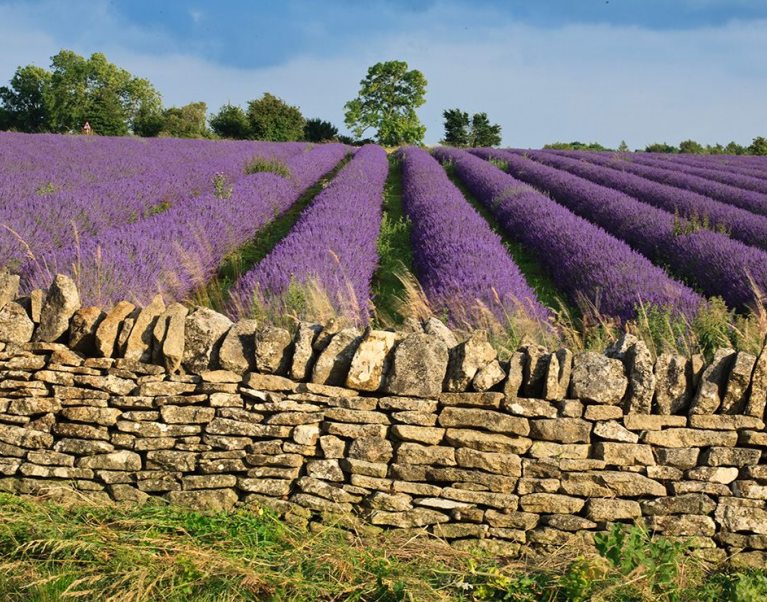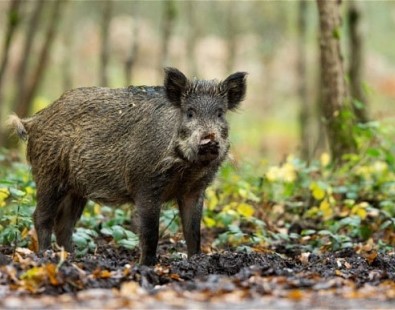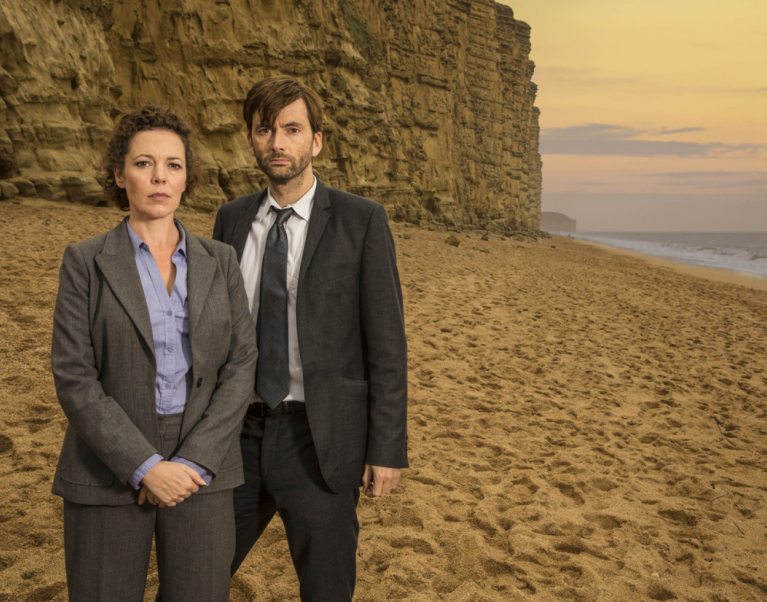The Spookiest Spots in the UK
22nd October, 2017
With Halloween just around the corner, we thought we'd share what we believe are the UK's spookiest spots - haunted castles, witch trails and stories of Vampires are just a part of Britain's violent and intriguing past...
Pendle Hill, Lancashire
Pendle Hill, which rises out of the Forest of Bowland, is the site of the notorious Witch Trials. In the seventeenth century, many suspected witches were tried and executed on the hill. The hill is now a place of pilgrimage for those with a taste for the supernatural – and while it has become quite a tourist spot, after dark, Pendle Hill is said to still ring with the screams of the Pendle Witches.
Underground London
While we are all familiar with the London Underground, few realise that there is a lot more under London than the tube. As well as the more mundane disused stations and air raid shelters, there are also several networks of secret tunnels; these ancient passages, such as those under Buckingham Palace and Whitehall, are known to have been used by spies, assassins and smugglers. Some, such as Dead Man’s Walk beneath the Old Bailey were used to take criminals for secret executions. There are also many that are bricked up, or whose locations are lost, and thus the use and contents remain unknown. Next time you are walking in London, consider the miles of subterranean city that lie below.
Jamaica Inn, Cornwall
Known today due to Daphne Du Maurier’s novel and the Hitchcock film, Jamaica Inn actually predates both by some four hundred years. An Inn has stood on the Moor near Bolventor since 1547, with the current building dating back to 1750. The Inn was a smuggler’s den and a haven for pirates and criminals for hundreds of years. While the Inn itself is fascinating, it’s the landscape around that cements its spooky reputation. Surrounded by Bodmin Moor, the Inn is often shrouded in mist, and full of travellers telling tales of the terrifying Beast of Bodmin that stalks the moors all around.
Pluckley, Kent
This sweet little village may seem completely innocent from the outside, but the streets of Pluckley, Kent, are reportedly plagued by ghosts. The village boasts a total of sixteen separate phantoms, each with their own tragic tale. One of the most renowned is that of a highwayman, run through with a sword and pinned to a tree, who wanders the village appearing as a shadowy figure. His favourite ‘haunting’ place is Fright Corner, the tree where he met his grisly end.
Highgate Cemetery
This cemetery in North London is the resting place of many notable figures, including Karl Marx and Christina Rossetti, and is well known for its gothic architecture and rows of ancient tombs. Highgate was particularly infamous in the late 1800s, with multiple people claiming to have witnessed a figure rising from the grave. It has been long believed that the cemetery is home to the Highgate Vampire, an undead menace that wakes at night and feeds on mourners who stay too long after dark…
Edinburgh Castle
Having stood for over nine hundred years, it would be quite surprising if the ancient castle wasn’t home to at least a few ghosts. Having stood witness to Scotland’s tumultuous history, Edinburgh Castle is considered one of the UK’s most haunted buildings, with over fifty percent of modern visitors reporting some kind of supernatural activity. As well as several famous murders, the Castle also saw witch trials, the Black Plague, and attempted English invasion.
Culloden Moor
Site of the brutal battle in 1746, Culloden Moor is said to still be haunted by the ghosts of the highland soldiers who fought and died for the doomed Jacobite cause. The spirits of the highlanders are said to still wander the battlefield, unable to rest. Stone cairns mark the spots where some of the famous warriors fell, but most who died in the fated battle are lost to time.
Tags: Hidden gems, History, Insider info

